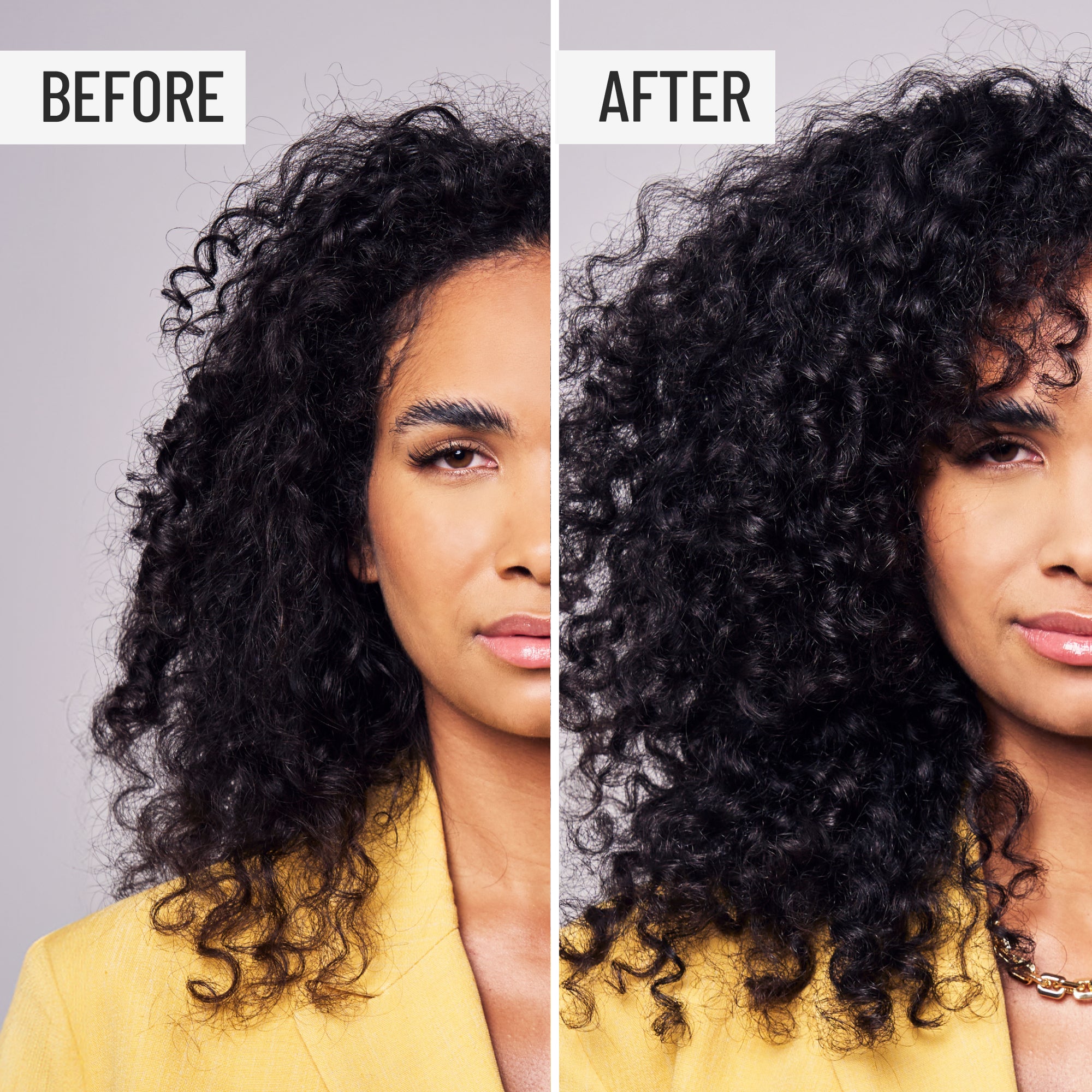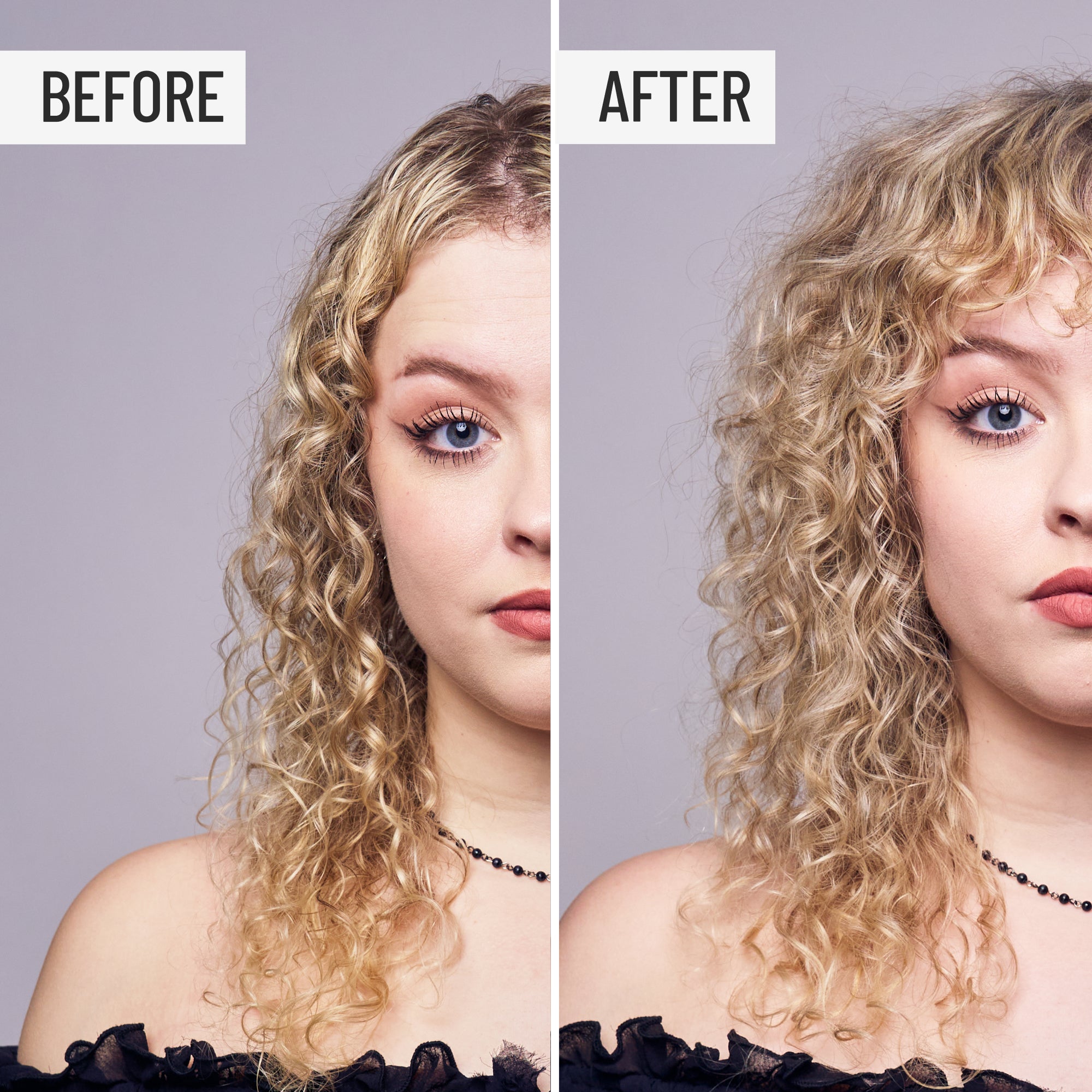When you unravel the bun – a hairstyle that certain women do (and undo) a dozen times before noon (you know who you are), you find multicultural strands of historical treasure. Sure, it gets hair off the face, out of the eyes, and away from harm, but does the bun have mystical powers? Is the topknot a tantric antenna? A status symbol? And where did the hair bun originate? The next time you reach up to do that twist, maybe you’ll think about it a bit differently.
CHINA
In traditional Southern China, single women arranged their hair in a braid, while married women wore a bun tied at the top of the head. The fifteenth birthday was occasion for a coming-of-age Hair Pinning Ceremony when a girl’s hair was washed, combed into a twist, held together with a pin, and declared eligible for marriage. (Widows with no intention of remarrying shaved their heads as a sign of indifference.) Buddha is famously depicted wearing a topknot.
INDIA
In the Ayurvedic system, hair is seen as an extension of the etheric spine, taking in life force or prana to increase vitality and intuition. A Rishi is known as a wise one who coils his or her hair up during the day and combs it down at night. When hair is tied up in a traditional ‘Rishi knot,’ it is believed to absorb and emit spiritually pure vibrations. The circular shape keeps energy moving in a clockwise manner and retains it within the body.
JAPAN
Samurai used the topknot, or chonmage to keep their helmets in place. Sumo wrestlers’ topknots are styled by exactly 55 authorized master hairdressers at any given time, using four kinds of boxwood combs, a stick, string made from wax paper, and a pomade of chamomile oil and wax. When a wrestler retires, an elaborate ceremony is held to cut his knot; friends, family, and patrons take turns snipping, and the stable master takes the final chop.
NEW ZEALAND
The indigenous Polynesian people who migrated to New Zealand around 1300 BCE used oils from berries and wooden or bone combs to style their hair, but only men of elevated status would wear a topknot, or tikitiki.
GREECE
The women of Ancient Greece wore a style now known as the Greek knot. A simple, low-lying bun at the nape was typically adorned with jewelry as a status symbol.
KOREA
During the Joseon Dynasty, married men put their hair in a topknot, or sangtu. A pin and a band worn on the forehead held it together. Hats were specially made with space for buns.
ENGLAND
Fashionable 1800s society in Regency England was crazy for ancient Greece and Rome. Women wore hair up at the back of the head. Victorians parted hair in the middle with a high-sitting bun and corkscrew curls around the face and ears, or braids hanging in loops around the ears.
AMERICA
The Victorian bun transformed into the looser and more natural Gibson Girl version – a feminine ideal of ease and stylishness as portrayed by the illustrator Charles Dana Gibson during the late 19th and early 20th centuries. Hair was worn air piled high in a pompadour with a small bun perched on top.
EUROPE
Ballet was born in the Italian Renaissance courts of the 15th century primarily to entertain aristocrats. The bun is still required today – “bunhead” is still a ballet student’s affectionate term – to punctuate the elegant line of the body, ensure uniformity, and may be adorned for performance with flowers, jewels, or a headpiece.































